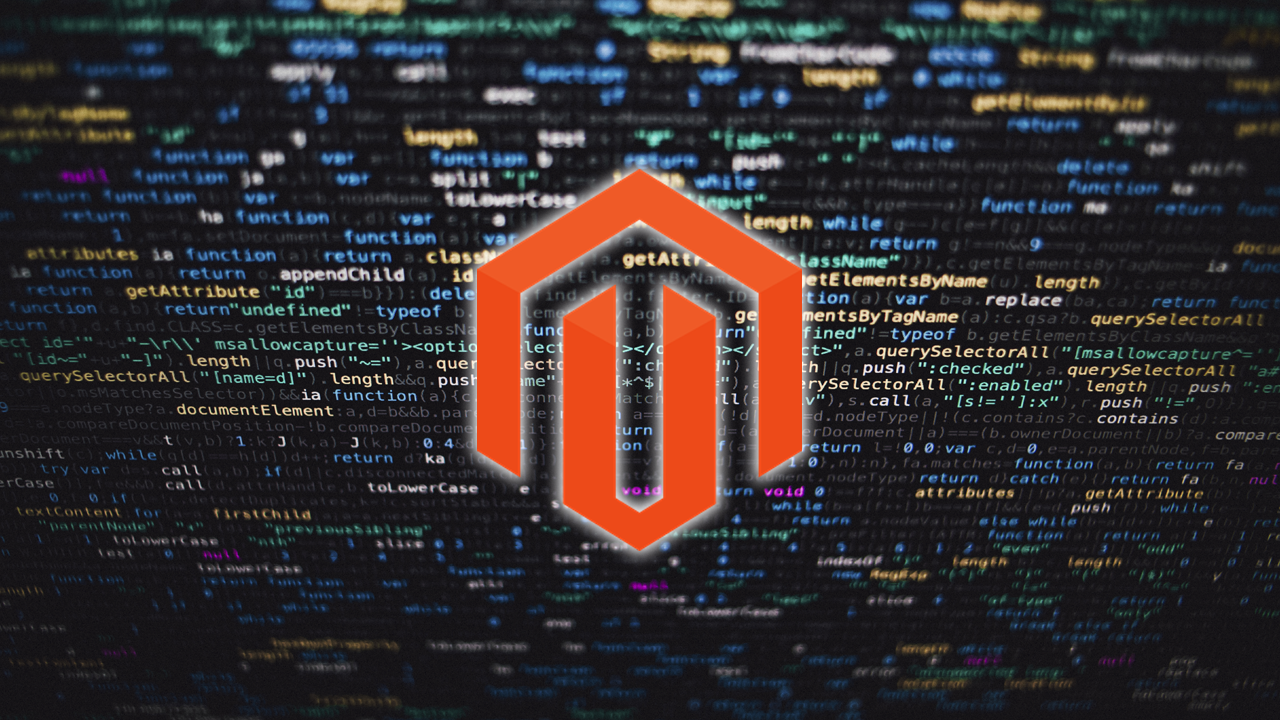That ransomware is the current threat you probably already know. But SonicWall’s new 2021 Cyber Threat Report puts that trend in numbers — and they’re scary. According to the survey, there was a 63% increase in the number of this type of incident over the past year; between January and April 2021, the growth was even greater when compared to the same period in 2020, remaining in the range of 90%. In total, the SonicWall Capture Labs team identified 154.4 million attack attempts.
The company points out some reasons for this phenomenon. First, the price of bitcoin — the cryptocurrency most commonly used by criminals to collect ransom payments — has grown exponentially. Furthermore, with the pandemic of the new coronavirus (SARS-CoV2), gangs have realized that companies from many verticals – such as the retail, healthcare and government sectors, for example – don’t always update their cybersecurity environments.
“While history will yet see countless numbers of social, economic and political changes caused by the pandemic, it has also brought about a sea change in cybersecurity. As COVID-19 spread across the globe, an unprecedented wave of cybercrime followed in its wake., driving up the rates of almost every type of cyber attack,” explains Bill Conner, SonicWall’s president and CEO.

As worrisome as ransomware are attacks against mobile devices. Internet of Things (IoT), which recorded a 66% increase in 2020, with a total of 56.9 million incidents identified. Only in North America, cradle of the company, the growth was 152%. This can also be put into account for the new coronavirus, which encouraged the automation of various infrastructures with sensors and other smart gadgets connected to the internet — often in an insecure manner.
Interestingly, criminals are so focused on hijacking data and impacting IoT networks that the use of “traditional” malware has plummeted to the lowest level since 2014. Researchers recorded 5.6 billion malware attacks in 2020 — a number that, although it seems high, represents a drop of 43% in relation to the 2019 total. It is worth noting, however, that this type of attack is much more targeted and less “generic” than it used to be, being customized according to the target in question.
“Almost every organization in high-risk environments — whether it’s power plants, government agencies, law enforcement agencies, or another group that fulfills a vital task — has a philosophy of resilience. It might be known as a contingency plan or even a code name, but the idea is the same: a roadmap for keeping operations going when things don’t go as expected,” says Bill.

“By 2020 – a year in which very little did as expected – the danger of pursuing cyber resilience just because it was a best practice became clear. It is vital that we expand our thinking, moving away from the position of ‘How are we going to prevent an attack?’ and move on to the vision ‘What will we do when (and not if) we are attacked?’” he concludes. Click here and check out the SonicWall 2021 Cyber Threat Report for free; it’s completely free!
SonicWall has Business Partners across the country to better serve customers and businesses. Among them are the Security Alert , a Assistnet Solutions and the Portnet Technology. If you are interested in learning more about our cybersecurity solutions, please contact SonicWall or one of our authorized partners.
Source: TheHack





















